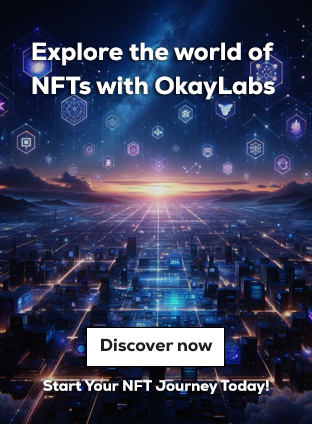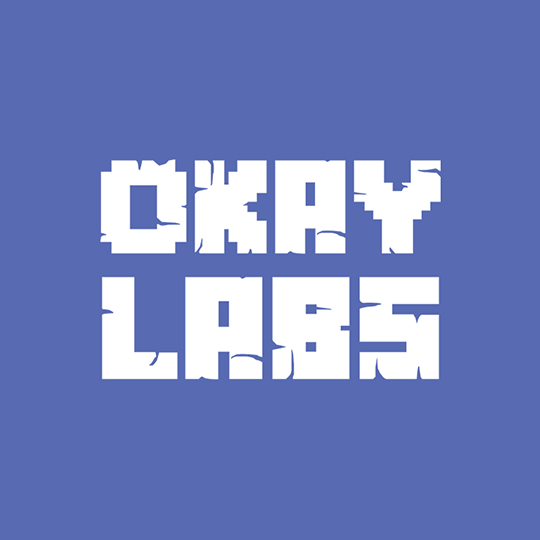A Glimpse into the Future of Urban Living
Imagine a city powered by artificial intelligence (AI), robotics, and cutting-edge technology, nestled at the foot of Japan’s iconic Mount Fuji. That’s the vision Toyota has for Woven City, a revolutionary “living laboratory” designed to be a real-world testbed for the future of smart cities. The Japanese automotive giant is gearing up to open the first phase of Woven City later this year, welcoming its first residents—mostly Toyota employees and their families—into this tech-infused, sustainable urban space.
Woven City: A Living Laboratory for the Future
Woven City isn’t just another futuristic urban development—it’s a city built from the ground up to push the boundaries of innovation. Initially conceived by Toyota’s chairman Akio Toyoda five years ago, this experimental settlement is designed to showcase the future of urban living with advanced technologies like AI, robotics, autonomous vehicles, and smart homes. Toyota is positioning Woven City as a testbed where new technologies can be rapidly prototyped and developed, offering real-world data and feedback to help shape future products.
By the end of 2025, Toyota plans to gradually expand the city’s population to about 2,000 residents. But for now, the first 100 residents—mainly Toyota employees and their families—will begin moving in later this year. As the city takes shape, the goal is to make Woven City a sustainable, connected environment where innovations in transportation, energy, and urban design can be tested in real time.
“We aim to accelerate the pace at which new technologies can be tested and developed at Woven City,” Toyoda said during a keynote at the CES 2025 tech show in Las Vegas. “This year, residents will begin to move in as we slowly bring Woven City to life.”
What Makes Woven City So Unique?
Woven City isn’t just another high-tech development project; it’s a vision for what a sustainable, tech-enabled future could look like. The city will be powered by renewable energy and designed to be eco-friendly, with fully autonomous vehicles and robots integrated into everyday life. Smart homes will be equipped with AI to optimize everything from energy usage to personal comfort. But the biggest selling point? It’s all designed to integrate seamlessly with Toyota’s existing technologies, from self-driving cars to the company’s next-generation electric vehicles.
The city is being built in phases, with the first phase of construction completed in October 2024. As Woven City grows, Toyota plans to integrate some of its most ambitious technological projects, including its software platform Arene. This platform will serve as the backbone for Toyota’s next-generation cars, enabling faster development and lower costs for electric vehicles (EVs) starting in 2026.
A Vision of the Future, but at What Cost?
While Woven City sounds like a sci-fi dream come to life, Toyota’s commitment to building it hasn’t been without its challenges. One question that’s been raised is whether the city will ever make money. Toyoda himself acknowledged the uncertainty, stating that Woven City may never be a profitable venture.
“Will this Woven City make Toyota any money? Well, maybe not,” Toyoda admitted at CES 2025. “As global citizens, I believe Toyota has a responsibility to invest in our collective future.” This comment raised some eyebrows, especially from those who wonder if the company’s heavy investment in the city might pay off in the long run.
However, Toyota’s CEO, Hajime Kumabe, doesn’t entirely agree. He’s pushing for Woven City to eventually become profitable, though he admits it might be difficult to quantify the returns, as the innovations developed in the city will likely blend into Toyota’s broader auto production. For Kumabe, the goal isn’t just to create a futuristic city but to develop technologies that will shape the future of transportation and urban living.
A Big Investment, but What’s the Price Tag?
Toyota has been tight-lipped about how much it’s spending to bring Woven City to life, with CFO Kenta Kon only describing it as a “big investment.” What we do know is that the city’s construction is already in progress, and Phase 1 was completed in late 2024. As the project continues to expand, the true cost of the city’s ambitious vision will likely become clearer.
The hope is that the innovations developed in Woven City will not only transform urban living but also provide Toyota with valuable insights that can be used across its automotive and tech divisions. One such innovation is the Arene software platform, designed to help Toyota speed up car development, reduce costs, and enable smarter, more connected vehicles. Arene is expected to become a core component of Toyota’s electric vehicles starting in 2026, making Woven City a critical piece of the company’s broader plans for the future.
The Road Ahead: Can Woven City Become a Model for Future Cities?
Toyota’s Woven City is a bold experiment in reimagining the way cities are built and how technology can shape urban life. From autonomous vehicles and robotics to sustainable architecture and smart homes, Woven City aims to be a model for the cities of tomorrow. But the road ahead is far from certain. The scale of the project, the need for constant innovation, and the uncertain financial outlook all pose significant challenges.
Will Woven City become a beacon of the future, or will it remain a niche project that never fully lives up to its potential? Only time will tell. But for now, Toyota’s gamble on a smart, sustainable, AI-powered city represents one of the most ambitious experiments in the world of urban development—and a potential glimpse of what life could look like in the not-so-distant future.
A Bold Vision for Tomorrow
As Toyota gears up to welcome its first residents into Woven City later this year, the company is betting big on the future. The city promises to be a showcase for the latest advancements in AI, robotics, and sustainable living, offering a glimpse of what urban life might look like decades from now. Whether or not Woven City becomes a profitable venture remains to be seen, but one thing is certain: it’s a groundbreaking project that will shape the conversation around the future of cities, technology, and sustainability for years to come.



